"The Sting" Review: A Classic Caper That Stands The Test Of Time
Over 50 years after its release, 1973's Best Picture remains the benchmark for Hollywood heists.
ClassicDuring a highly anticipated boxing match at the Bellagio Hotel, 11 of the world’s most skilled thieves walk across the casino floor. One of them stays behind. He has a score to settle. The owner is dating his ex-wife; the plot to rob him of over $60 million is more a personal vendetta than a financial gambit. He wants to expose him and poach his pocket while he’s at it. You can’t mess with the heart and get away with it, and the fastest way to a man’s ego is his wallet.
There is nothing he can do. The money is gone, and the perps have enjoyed a celebratory rendezvous by the famous Bellagio fountains. They part one by one, gently strutting their way to a new life with millions of dollars and sweet revenge.
The Sting walked so they could strut.
In 1936 during the Great Depression, Illinois grifter Johnny Hooker pulls a con with partner and veteran trickster Luther Coleman. The victim, a numbers racket courier for crime boss Doyle Lonnegan, was carrying $11,000 in cash, enough for Luther to call it a day on the conning game and to arouse the anger of Lonnegan, who kills Luther, causing Hooker to flee to Chicago. Once there, he meets fugitive con artist Henry Gondorff, a friend of Luther’s. The two hatch a plan to avenge Luther’s murder and take Lonnegan for half a million dollars.
The Sting is a delight not because it has nothing to say but because it rejoices in having nothing to say. It's a sharp caper with a pair of charming leads looking to get justice for the little guy. Revenge is a dish best served with swinging ragtime and the honking streetcars of 1930s Chicago, devoid of higher purpose and devoted to nothing but fun, and The Sting knows it.
But for all the thieving fun, it doesn’t forget to be a great film. It’s tight, concise, intelligent, and thought out without being too meta. It doesn’t overdo the caper or lay its self-awareness on too thick. It winks at us as an invitation to the action, not a party to celebrate its own achievement. It's well-paced, fully fleshing out Hooker’s relationship with Luther and the motivation his murder gives him to seek revenge on Lonnegan. The two are more than mentor and mentee, an upstart whippersnapper in awe of the elder statesman: they’re friends. They don’t share tender moments or cry on each other’s shoulders. They’re just two friends bonding over something they love. They’ve developed a mutual respect that means more than any chest-heaving moment ever could.
For all his sniveling, Lonnegan is an authentic villain. He doesn’t growl or bellow. He’s just a rich man who likes to keep his pockets fat and has no qualms about going to extreme lengths to secure his riches. He’s a liar and a cheat, a brat and a sore loser. He’s the prototypical wealthy white man, entitled to things he didn’t earn and resolved to attain and retain them at any cost. All the machinations to undermine him are authentic because he is so authentic. A man like this doesn’t require a complex structure made of high-tech thievery and psychological trickery. All we need is a clever scheme and a few convincing characters.
Caper flicks are too often too smart for their own good. They have admirable ambition in building a legitimate heist but bite off more than they can chew. They begin with a simple concept and end with impractical twists and turns, a collection of resolutions that invalidate all that came before and undermine the finesse that made everything possible in the first place.
The Sting succeeds because it understands that a movie is only as strong as its story and only as viable as the people telling it. The story is about the story, but the story’s merit can get influenced by its characters. Hooker is a man out for revenge, but he never smells blood in the water. He isn’t richly layered or deeply complex, but he is human. He’s not too cool for school or too old to learn new tricks. Gondorff is a drunk, worn down by the long cons and hiding from the FBI, but he isn’t an angry screamer musing about his circumstances. He’s a crook up for the game when the motive is pure and the money right.
The caper doesn’t challenge and thus feels legitimate. We usually get expected to believe a collection of ordinary people can map out an extraordinary ruse. We get told they are experts, so we believe it. The Sting tells us that the best tricks get played by masters of the simple, layering a foundation instead of starting at the end and working in reverse.
Intellect can be stimulating when the plot naturally invites it; many heist flicks have thrived on that principle. But The Sting thrives on a different principle, one that sees many retrospectively admonish its Best Picture win.
The Sting is shameless fun. Why not care more for that than high art? It still has high stakes, even in small moments. It still unfolds clearly without condescending to its audience. It still explores the motivations of its characters without slowing down to become a character drama. It doesn’t give itself an aesthetic to pander to nostalgia and then shift the scene when it feels we’ve bought in.
It gets, and thus does, everything right. It nails the 30s aesthetic with enough color to wrap us into its conniving world without looking like a stage play. It’s a powerhouse showcase for Scott Joplin’s ragtime. It’s powered by stars without relying on star power. It lets the subtle looks between partners in crime speak louder than words ever could.
It doesn’t always ignore the rulebook to be as shameless as it could. It doesn’t always keep up with its light-hearted ambitions. But The Sting is what makes movies great. It doesn't try to be more than it is or rely on its audience to bail it out. It doesn’t leave anything open to interpretation so it can benefit from pretentious takes on its subject matter and various plot contrivances to claim it was a million things no one could ever understand. It doesn’t tell us we’re in for one thing and then give us another. It’s consistent, reliable, harmless fun with a penchant for piano and a love for the light-hearted. It may not sting as much as the titular con that derails the vicious Irish crime boss, but it steals the heart anyway.

76
Director - George Roy Hill
Studio - Universal
Runtime - 129 minutes
Release Date - December 25, 1973
Cast:
Paul Newman - Henry Gondorff
Robert Redford - Johnny Hooker
Robert Shaw - Doyle Lonnegan
Robert Earl Jones - Luther Coleman
Charles Durning - Lt. William Snyder
Ray Walston - J.J. Singleton
Eileen Brennan - Billie
Editor - William Reynolds
Screenplay - David S. Ward
Cinematography - Robert Surtees
Score - Marvin Hamlisch

%20(13%20x%206%20in)%20(13%20x%204%20in).png)

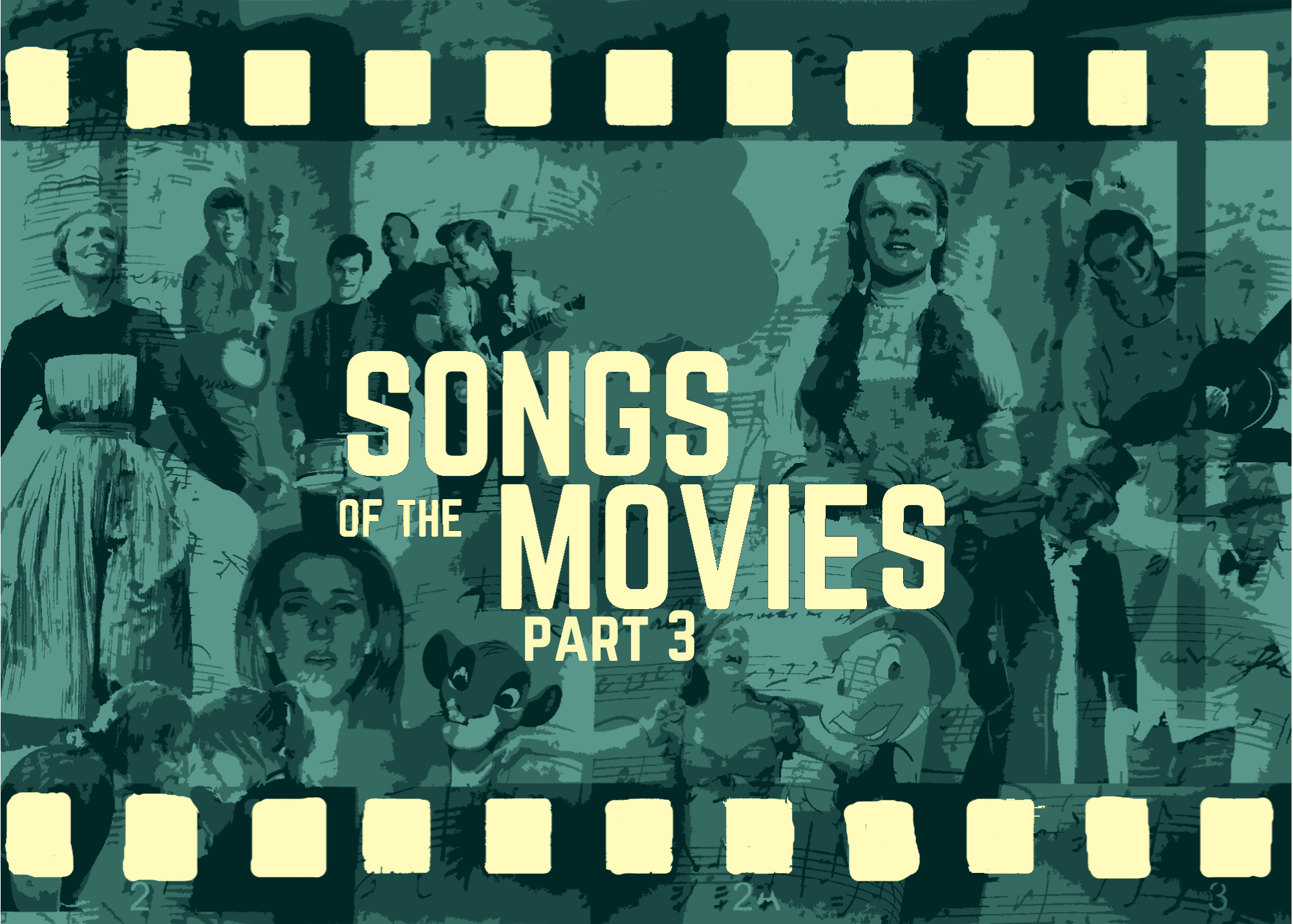

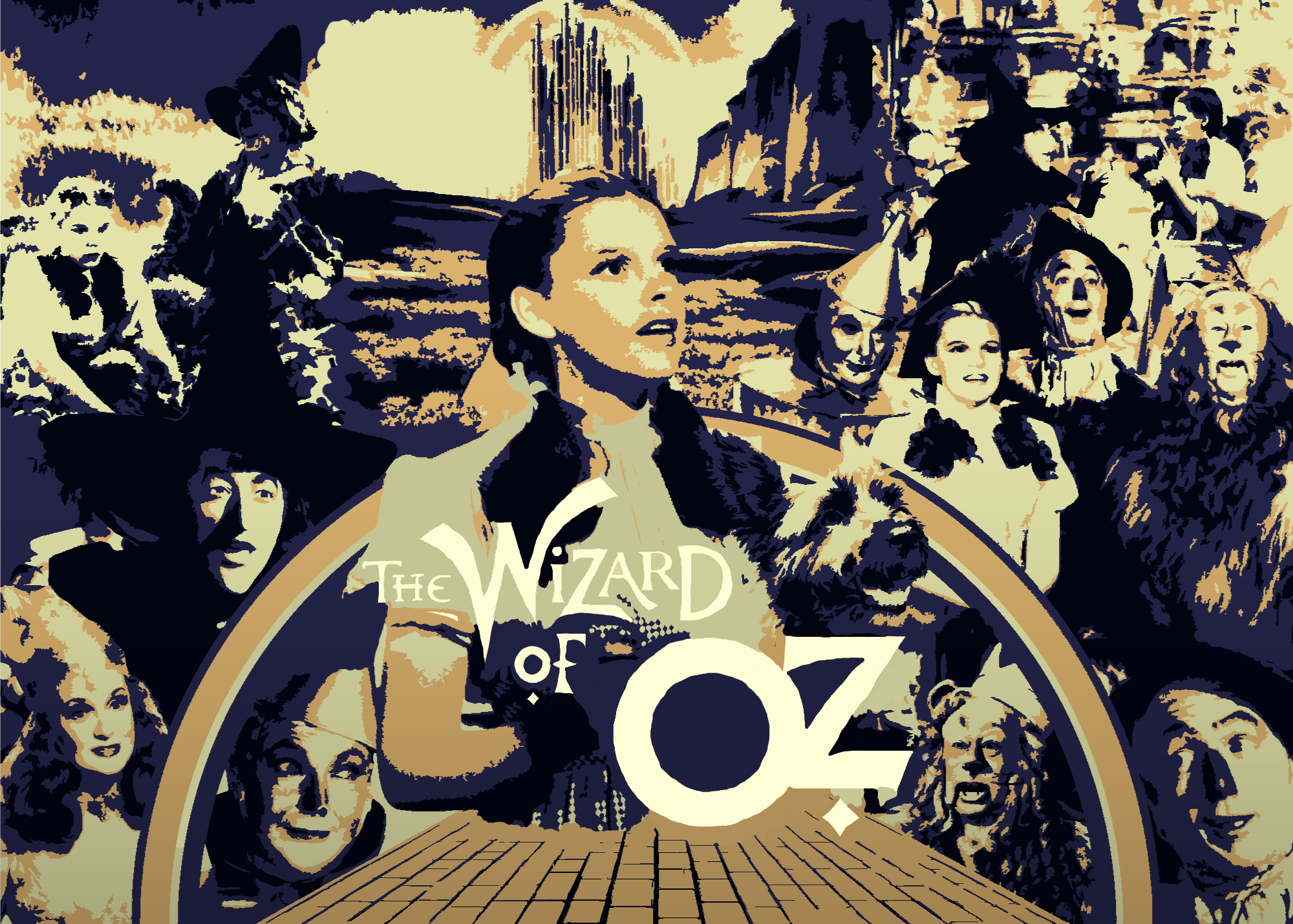


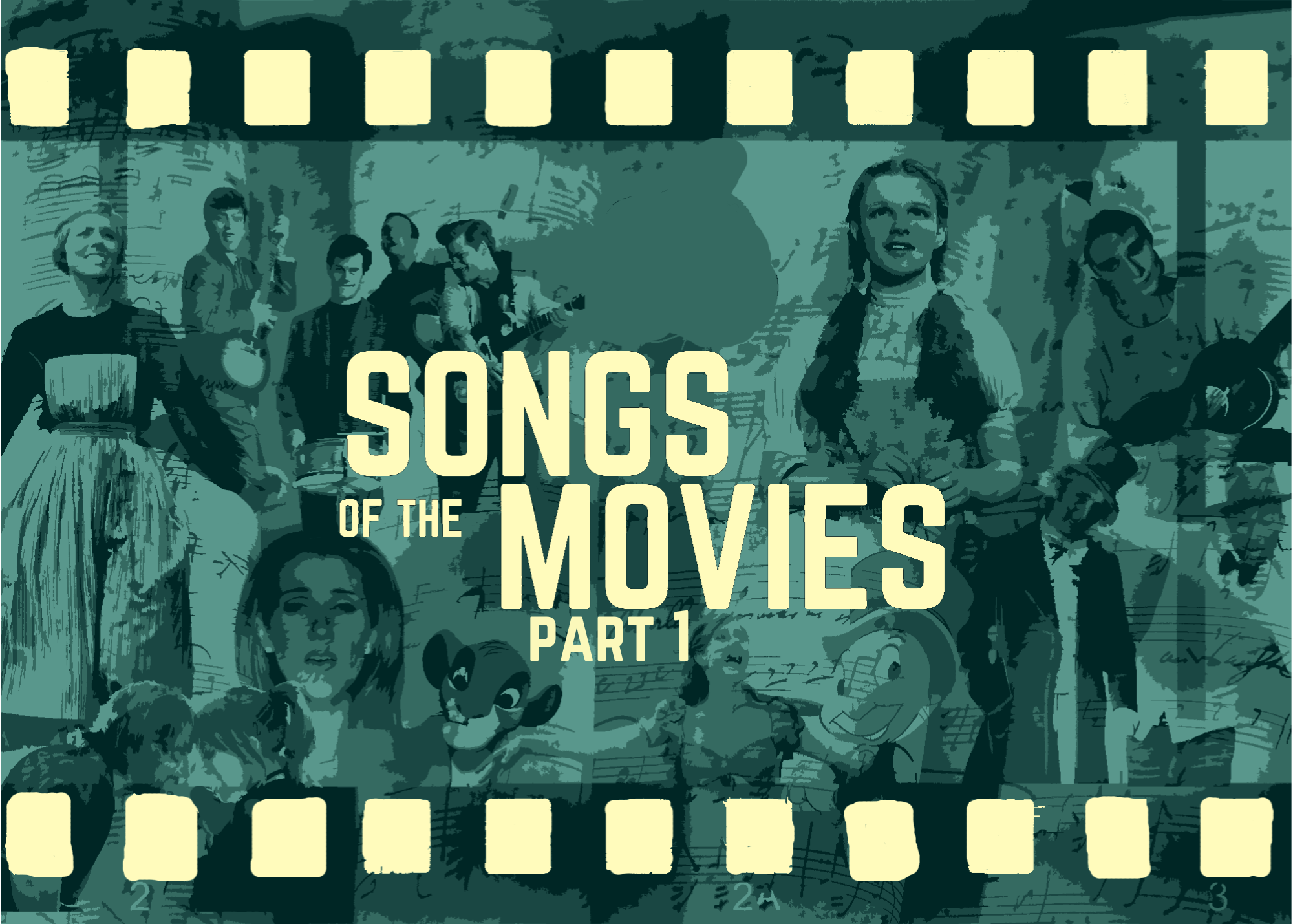

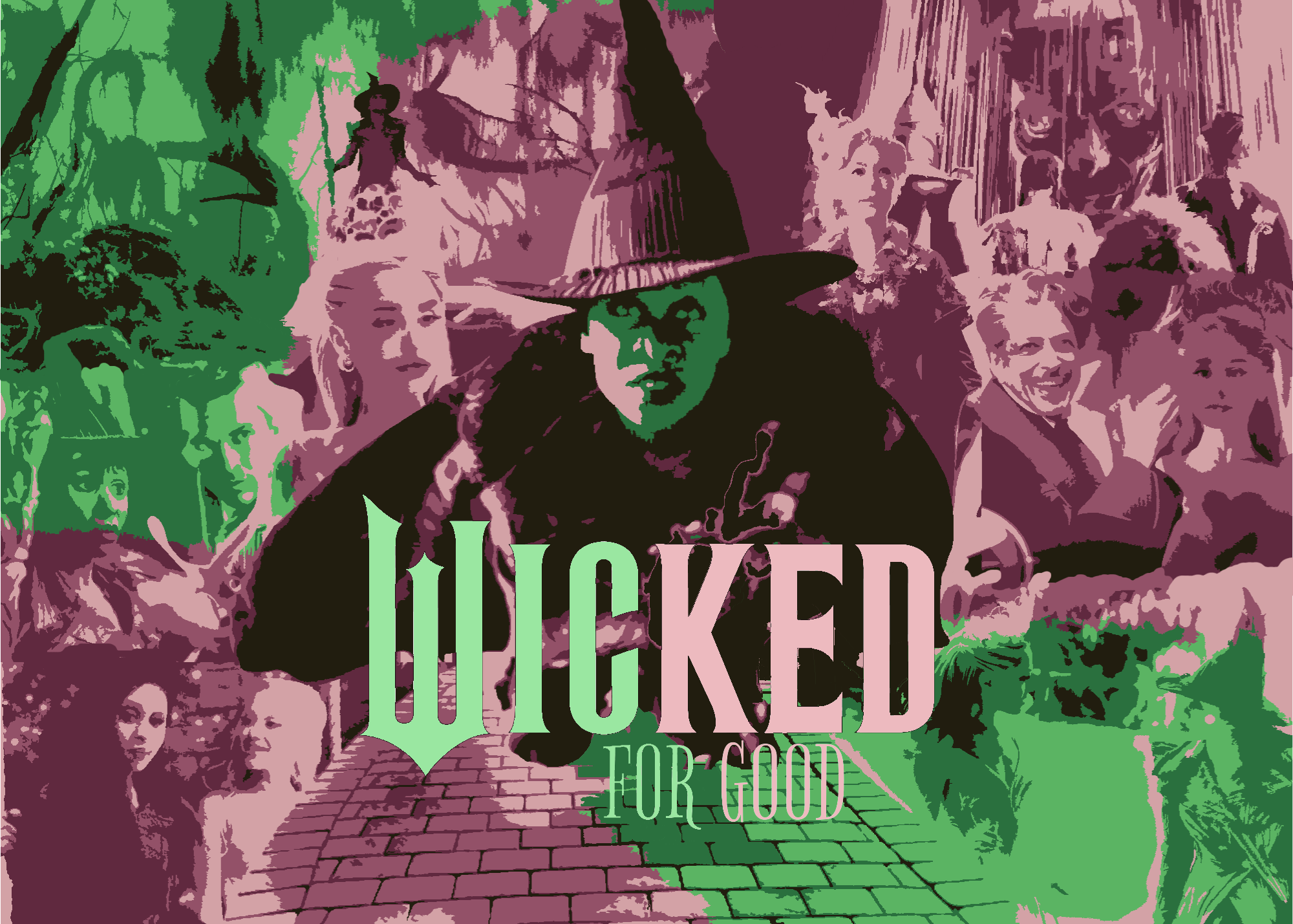
















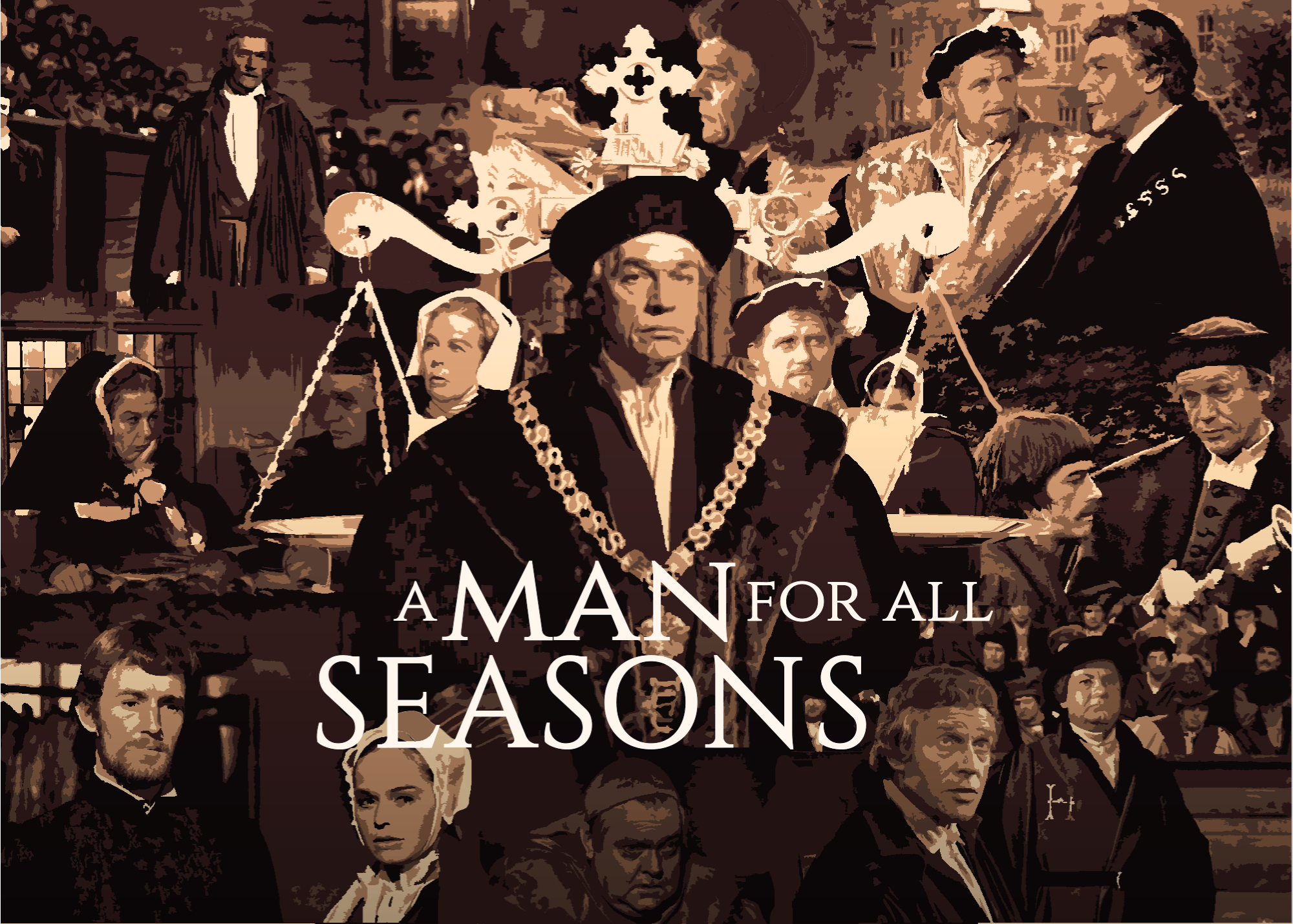











.png)






.png)